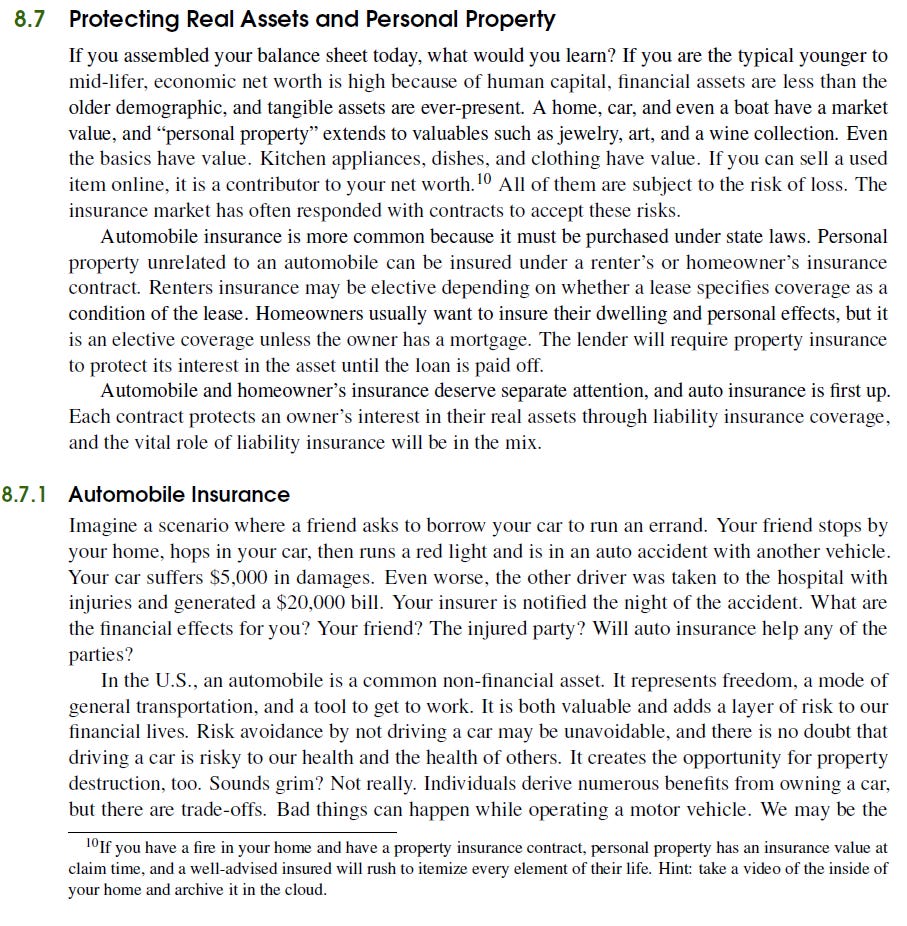One of the least exciting household expenses is the insurance bill. Auto insurance bills arrive every six months, and homeowners insurance bills arrive once yearly unless the cost is hidden within the mortgage payment. Cause a car accident, and in a few months, the next bill will price the incident; it is a financial facial.
If you own a home, you likely have experienced a budget hit due to rising insurance prices. According to the Insurance Research Council, in 2021, homeowners spent 1.99% of their income on homeowners insurance. In 2001, spending as a percentage of income was 1.54%. I have worked with IRC data in the past and trust these numbers. On average, 2% of income just for homeowners insurance? That is money allocated away from spending fun! Not overinsuring and moving toward higher deductibles will ease the pain.
Homeowner’s insurance pricing depends on geographic location, and the population isn’t moving to North Dakota but to locations where wind & hail are present. The most recent public data shows Florida, Louisiana, Texas, and Oklahoma have the highest average homeowner’s insurance premiums.
Is the insurance industry fleecing the public? I’ve seen no data to support this assertion. When automobiles experience collisions and homes suffer hail damage, repairs must be made, and inflation kicked up materials prices by 27% in 2021.1 Fortunately, that number decreased by 2.9% in 2023, but don’t expect much change in insurance rates.
The property and casualty insurance industry continues to break even on claims payments and premium collections and makes money by investing the float. The table below is part of the U.S. Treasury Department’s annual report on the insurance industry. My highlights are in yellow. A combined ratio of 100 is breaking even on the insurance side of the business. Over 100, the industry lost money before investment considerations. Below 100, they made money.
Okay, fine. But that doesn’t change any property owners' current availability and affordability problems. The near-term price solution is to take higher deductibles for a loss to a dwelling. 1%—3% of the insurance coverage amount are common choices. Higher deductibles imply lower premiums but more out-of-pocket expenses. Also, check the break out of your home’s market value v. the land value on which it sits. Land isn’t insurable, so the replacement cost limit of homeowner’s insurance purchased should be lower than the property's market value. Take the premium savings and put it on reserve to help with any uninsured losses. Some mental accounting that a savings account or other financial assets are on reserve to help pay for the first dollars of loss is reasonable.
Today: Chapter 8 moves toward protecting real assets and personal property, cars, and the family jewels by providing outlines of the coverage without the mind-numbing details of contractual language. Homeowners insurance is elective unless there is a mortgage when a lender will require it to protect their interest. Have a question about your coverage? Comment here. Of course, I am available to paid subscribers through direct messaging for your specific insurance questions.






